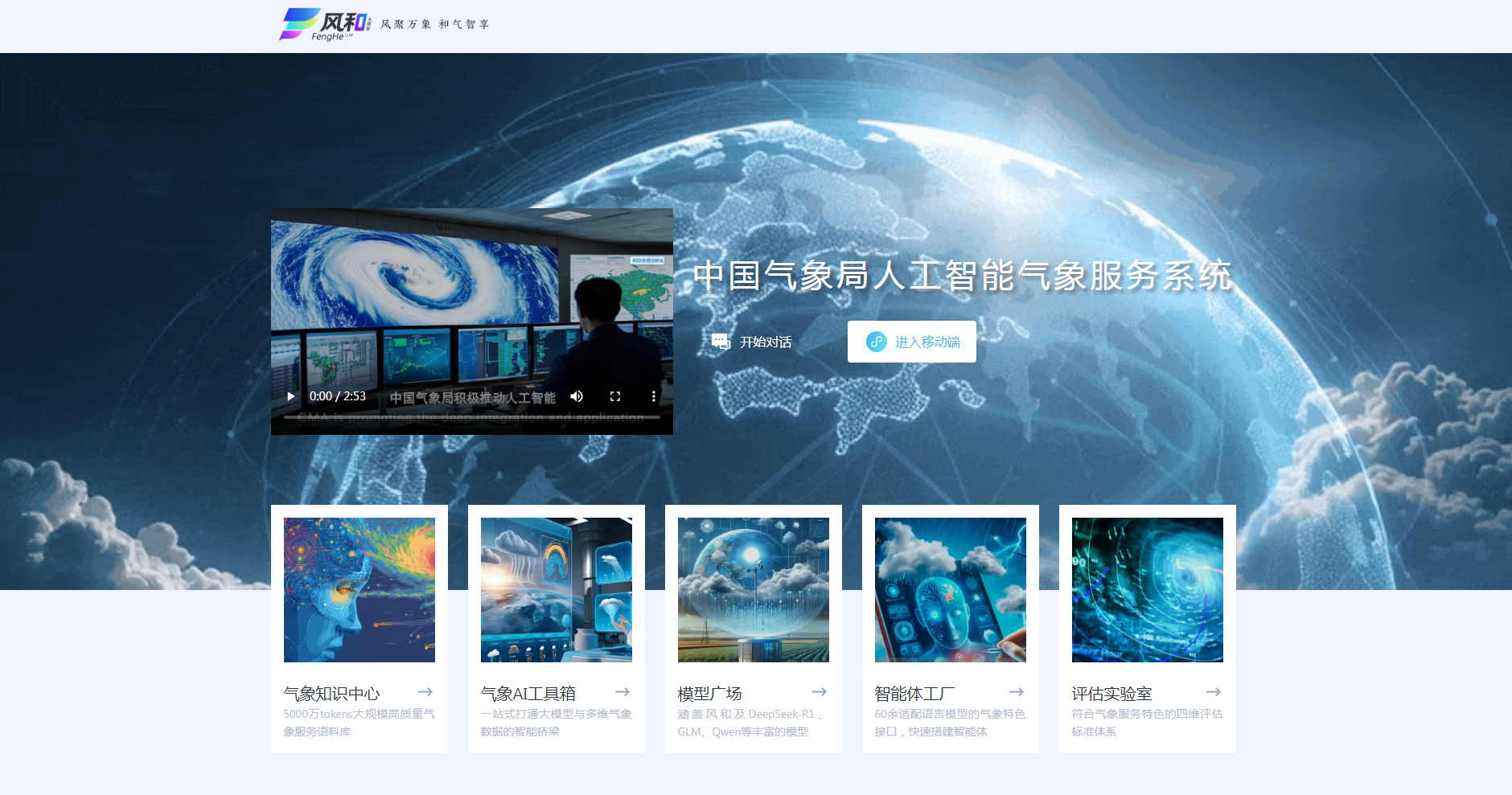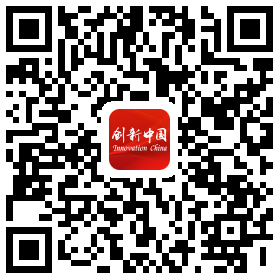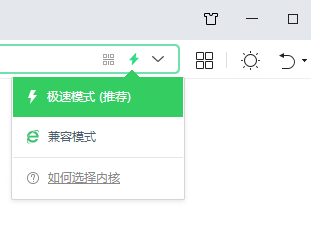Brisk Holiday Spending Shows Economic Vitality
During the recent eight-day National Day and Mid-Autumn Festival holiday from October 1 to 8, China’s vibrant tourism and consumer spending painted a vivid picture of economic resilience and growing domestic demand.
Record travel and strong sentiment
According to data from the Ministry of Transport, total cross-regional travel during the holiday period reached 2.433 billion trips, averaging 304 million per day, a 6.3 percent increase from the same period in 2024.
Yu Xiaoming, senior investment advisor at Shaanxi Jufeng Investment Information Co., Ltd, said the strong willingness to travel this year, driven by both tourism and family visits, “injected strong momentum into the cultural and tourism market, effectively activating holiday consumption and fully demonstrating the vitality of China’s economy.”
Upgraded consumption structure
Beyond the numbers, spending patterns during the holiday revealed a clear trend of consumption upgrading. Data from the Ministry of Commerce showed that sales of green and organic foods rose 27.9 percent year-on-year, smart home products increased 14.3 percent, and China-chic fashion climbed 14.1 percent.
There was also a surge in experiential consumption. For example, the orders for intangible cultural heritage experiences on some platforms during the National Day and Mid-Autumn Festival holiday increased by as much as 270 percent, compared with the same period last year, and the orders for Pingtan, a traditional form of storytelling and ballad singing, rose by 150 percent.
“The boom in holiday consumption is the result of the resonance between upgraded consumer demand and innovative enterprise supply,” said marketing expert Li Siyuan. He noted that the rise of China-chic fashion, tech-driven cultural tourism, and new business models such as “cinema-plus” (a strategy to transform movie theaters into venues for live-action role games, children's plays, and stand-up comedy), shows how companies are aligning consumption hotspots with user demand. According to Li, this not only helps brands seize opportunities in the holiday economy, but also lays a foundation for the long-term prosperity of the consumer market.
Cultural tourism raises travel value
Cultural tourism emerged as a major driver of economic activity. In Shanghai, tourist bookings during the holiday surged over 40 percent year-on-year, while the average spending per traveler rose 5.2 percent.
Professor Li Yunong of the School of International Business at Southwestern University of Finance and Economics noted in a recent article that new themed tourism models, such as heritage tours, border tours, and stargazing trips, reflect the growing personalization, emotional engagement, and experiential nature of the consumer market. This “culture plus experience” model, she wrote, is extending tourism beyond “food, lodging, and transport,” lengthening industry chains and raising overall value.
Policy support strengthens holiday economy
Fiscal measures and local initiatives also fueled the boom. Central government subsidies, local consumption vouchers, and cultural tourism promotion campaigns helped sustain demand. According to the Ministry of Commerce, during the first four days of the holiday, retail and catering sales among key enterprises increased 3.3 percent year-on-year.
Hong Yong, an expert from the China Digital and Real Economy Integration 50 Forum, a Beijing-based think tank, suggested that authorities and businesses continue to strengthen policy support, improve infrastructure in lower-tier markets, expand smart consumption spaces, and enhance consumer rights protection to build a safer, more confident spending environment.







